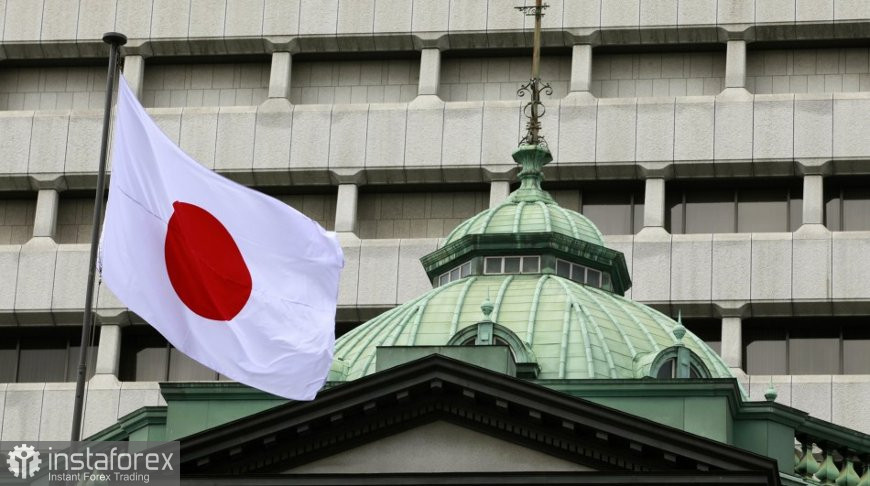In recent days, the Japanese yen has risen slightly against the US dollar, though the growth is largely technical.
In his speech, Asahi Noguchi, a member of the Bank of Japan's (BOJ) Policy Board, stated that he maintains a dovish stance, refraining from fueling growing market speculation about a possible interest rate hike in December of this year. Overall, the official took a neutral position, emphasizing the importance of timely action.

"The Bank must carefully examine how various economic channels ultimately affect economic activity and prices, and use the policy interest rate as a tool to adjust the degree of monetary accommodation as needed," Asahi Noguchi said on Thursday in his speech to local business leaders in Oita, southwestern Japan.
The market interpreted this as a signal that the BOJ is not rushing to tighten its ultra-loose monetary policy. The yen reacted with a slight decline; however, further weakening was limited by expectations of more dovish action from the US Federal Reserve. Investors are closely watching for any hints on whether the Fed will continue lowering interest rates.
Meanwhile, domestic Japanese factors also play an important role in yen dynamics. The state of Japan's economy and inflation outlook remain key factors determining the BOJ's stance. If the economy continues showing signs of slowing, pressure on the BOJ to reconsider its monetary policy may intensify. In the short term, the yen is likely to remain in a bearish trend, influenced by both domestic and external factors.
Noguchi's statements also reflect a softening of his recently more hawkish tone after his September speech surprised traders by suggesting that the need for rate adjustments was growing. Following a series of aggressive signals from some of his fellow board members in recent weeks, Noguchi's comments on Thursday may help the bank avoid having to make a tough decision in December.
According to Noguchi, the most realistic policy approach is to set a benchmark in the form of a presumed range for the neutral rate, and then gradually raise rates over time while monitoring their impact on the economy and prices. "I believe this is what a measured, step-by-step approach to policy adjustment should look like — the approach the Bank should follow," said the former economics professor.
Last week, board members Junko Koeda and Kazuyuki Masu contributed to market speculation about an impending rate hike next month. Koeda stated that the Bank should continue normalizing policy without indicating whether the next move would come in December. Meanwhile, Masu said in an interview that the timing of a rate hike was approaching.
Recall that speculation regarding rate hikes intensified after the yen nearly collapsed to its January lows this year against the US dollar.
As for the current technical picture of USD/JPY, buyers need to take control of the nearest resistance at 156.30. This would allow them to target 156.70, above which a breakout will be quite difficult. The most distant target is 157.10. In the event of a decline, the bears will attempt to regain control of 155.90. If they succeed, breaking this range will deal a serious blow to the bulls and push USD/JPY toward the 155.55 low, with the prospect of reaching 155.15.





















